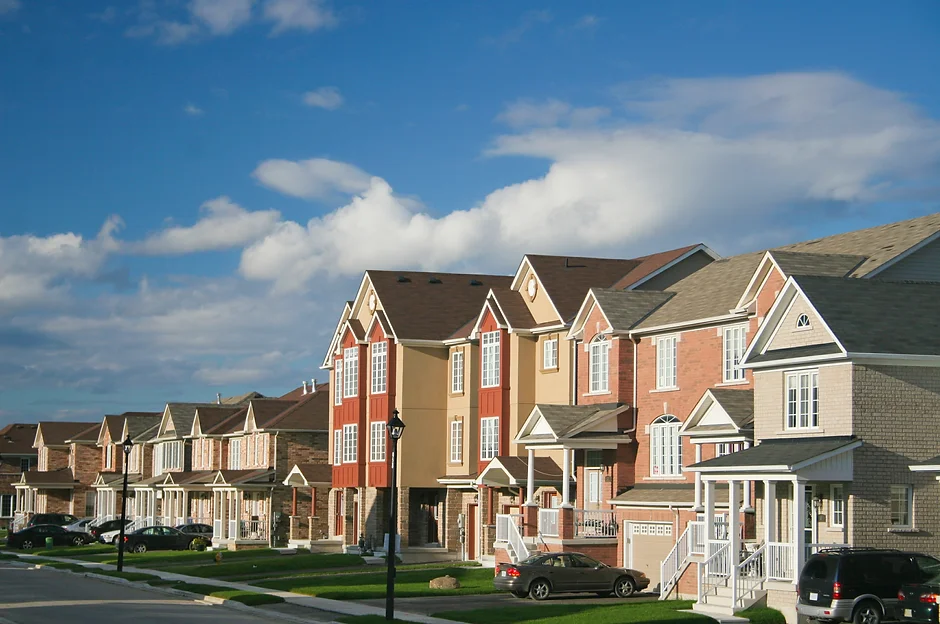At the forefront of our concerns when syndicating a deal, as should be the case with any Sponsor worthy of your money, is the capital preservation and downside protection of investor money. The great honor of having the opportunity to help an individual grow their money comes with the great responsibility of protecting that money at all costs. I have outlined five essential elements, in no particular order of importance, which must be present in a deal in order to best assure capital preservation and downside protection.
Conservative underwriting
A deal can be underwritten in three ways; aggressively, at market or conservatively. I cannot stress enough the importance of conservative underwriting. Conservative assumptions will include significantly lower projections on the following key metrics of a properties performance.
Occupancy rate: What you should see here is occupancy rate underwritten below what the market supports. For example, if historical occupancy in the market is at 95-97%, look for the Sponsor to underwrite at 91-93%.
Rent growth: Again, look for the presence of rent growth projected at a percentage below what the market supports historically. If rent growth in the market has been 7-10% in the last 1-3 years, it’s nice to see the deal assume a 3% rent growth throughout the hold period.
Population growth: Similarly to rent growth, a population growth well below the percentage that the market is projecting is ideal. If population growth is projected at 7% over the next 1-3 years, look for the deal to assume a growth of 3-5%.
Rent premiums: With a value-add syndication, achieved rent premiums will most often be the driving force behind added value. Achievable rent premiums post renovations should remain below the top of the market. If post-renovation property comps are achieving rents $200 higher than the property is currently at, look for underwriting that shows premiums at $120-$150.
Reversion (sale) CAP: Conventional thinking makes the assertion that you should aim to sell at a lower CAP rate than that at which you purchase. However, we typically assume a reversion CAP of at least 50 basis points higher than the purchase CAP. I.e. if we buy at a 5.75% CAP, we underwrite to a reversion CAP of 6.25%. The higher the CAP rate the lower the sale price, and vice versa. Essentially, don’t shoot for the moon on the sale price.
Sensitivity analysis
If the deal is underwritten conservatively, a sensitivity analysis should support returns even if things do not go 100% according to plan. A good sensitivity analysis will detail projected returns in the event of an increase or decrease (the metric to focus on) in occupancy rate, rent premiums or reversion CAP rate. As an example, in a sub-market of Dallas-Fort Worth in which we are buying, average occupancy fell to 85% during the 2008-2009 financial crisis. Our conservative underwriting for one particular deal in that market supported a 3% return to investors even at 81% occupancy and rent premiums 10% lower than projected.
Preferred return (and catch-up)
First and foremost, it is important to stress that there are no guarantees in real estate. There are simply too many outside factors that are not within our control; the highest risk you assume when investing in real estate being that you lose all of your money. That said, the next best thing to a guarantee that you can get is a preferred return. A preferred return is a first claim on profits (for limited partners) until a target return has been achieved. A solid, and common, preferred return is 8%, which is what we include in all of our deals. To understand this concept better, let’s assume someone invests $100K in a deal; they are guaranteed to realize an 8% annualized return before the Sponsor takes anything, if that return is available.
Taking it one step further, a catch-up / roll-over clause is a welcome sight in any deal. What this means is that if, in any year, the 8% preferred is not met, it will be made up for in the next year. I.e. if an investor who has invested $100K only receives a 4% return in year 1, they will be owed a 12% return in year 2 (8% from year 2 plus roll-over 4% from year 1) before the Sponsor realizes any return in either year.
Hold period stipulation
The principle goal with any syndicated deal, and for any real estate deal for that matter, is to optimize value. The last thing that we want is for any outside factor (think market downturn) to influence us in the sale of a property. This may seem dramatic, but language in the legal documentation that allows the Sponsor to hold for say 100+ years allows us to hold through any hardship, still provide the 8% preferred (if possible), and recover and optimize value on the upswing.
Adequate reserves
The initial raise should include a CapEx (capital expenditures) budget that acts as an insurance against any unforeseen events, and this CapEx budget should be clearly defined in the offering memorandum. We don’t want to be put in the position of either having to sell because we ran out of money or having to bring on additional investors. If everything goes according to plan, the CapEx will eventually be returned to investors through distributions, typically at the time of sale.
Conclusion
There are too many Sponsors out there that are being overly aggressive with their underwriting in order to make a deal work. We, on the other hand, are more concerned with protecting our investor’s capital than we are with winning a deal, which is why we will not hesitate to walk away from a deal if other groups are offering too aggressively. We aim to achieve attractive returns for investors even when we are aggressively conservative in our underwriting. At the end of the day, being conservative in our approach is our primary concern. After all, if we are conservative, we have a much better chance of exceeding projected returns, and we live by the mantra of “under promise and over deliver.”



